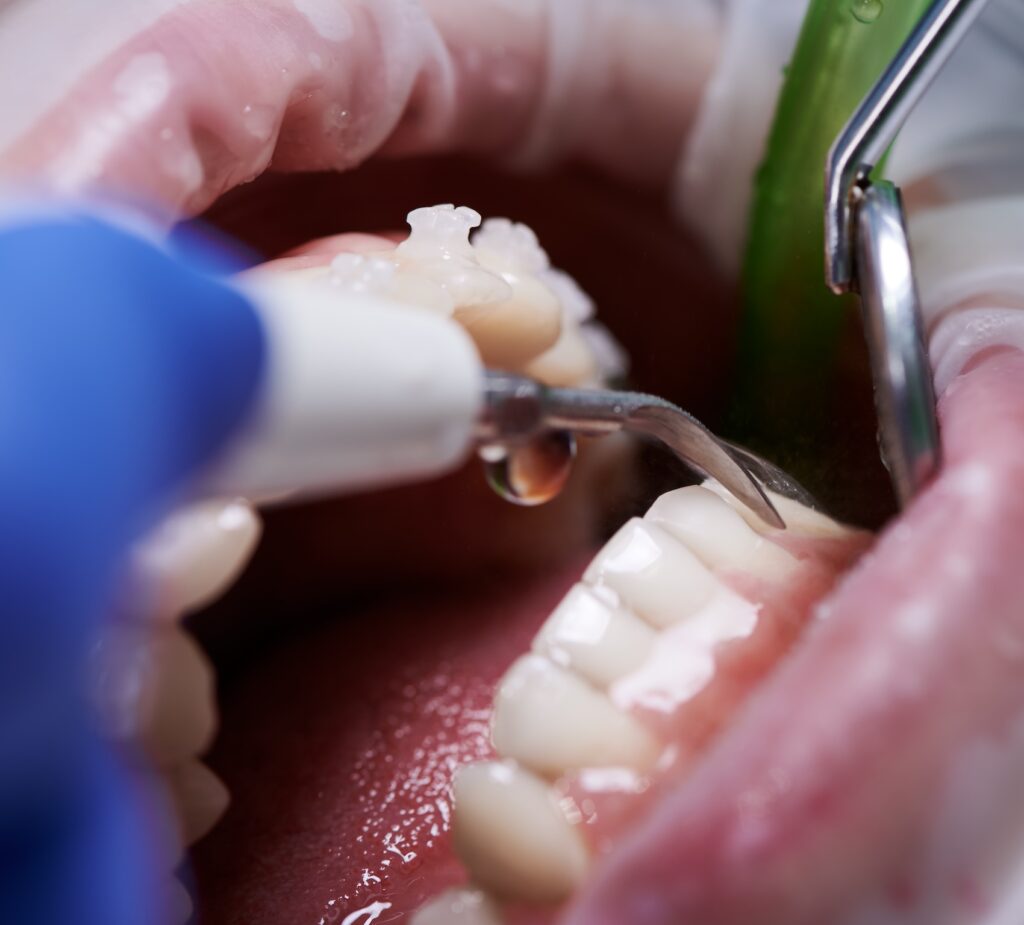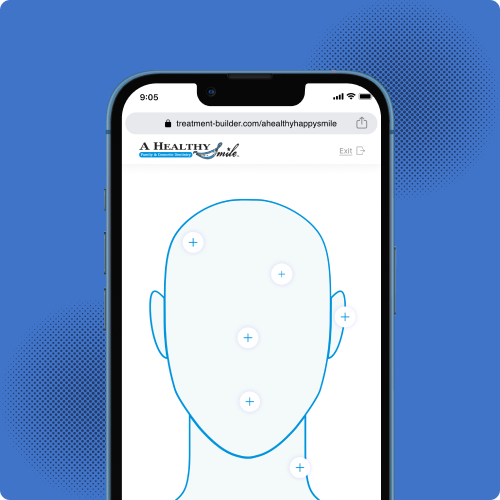
They may seem to be tiny, but the spaces in between our teeth account for 30% of their surface area. This shows why flossing is so important to oral health. With brushing alone, you’re getting only 70% of the job done, at best.
Flossing can be a challenge for us at the best of times. But when we’ve got braces, it can seem insurmountable. Is there really a way to floss when your teeth have “safety barriers” on them?
There is, and we’re going to show you how. Read on to learn how to floss with braces.
The Importance of Flossing with Braces
Braces are a fantastic way to correct a whole heap of dental issues. From tooth alignment to bite problems and even TMJ pain, they can be a game-changer. But they also come with a few dangers.
Getting Braces? Commit to Oral Hygiene
If you’ve decided to get braces, you need to commit to taking excellent care of your oral hygiene from start to finish. When you have braces, you have a few extra hiding places in your mouth for plaque. Plaque is a film of bacteria that can stick like glue to your teeth.
The bacteria in the plaque react with the foods and drinks that you consume. They can produce acids that cause tooth erosion. If you don’t keep your teeth extra clean while wearing braces, you can develop serious dental problems.
Flossing is your friend in the battle against plaque. It helps to get it out of those hard-to-reach places, removing it before it can do any damage.
The Dangers of Poor Oral Hygiene with Braces
You’ll visit your dentist for regular check-ups throughout your treatment. If they notice that plaque is building up around your braces, they may have to remove them and pause the treatment until it is controlled. This is a drastic move, but it’s better than risking serious damage to your teeth.
Rather than going down this route, follow our flossing guide to keep your teeth in great shape.
What Is Flossing?
Flossing involves using some form of dental floss to get in between your teeth and remove whatever is stuck there. This could be particles of food or plaque that’s clinging to your teeth.
At first, it would seem like flossing with braces is impossible. After all, the metal wires stop you from being able to run the brace up and down the side of the tooth as you normally would. But with a few simple flossing tips, you’ll soon be getting into those grooves without any issues.
How to Floss Your Teeth with Braces
When you get braces, you may think you have to learn how to floss all over again. But if you’re in the habit already, all you’ll need is a few tweaks to get it right.
Using Regular Dental Floss
Grab yourself some regular, waxed dental floss. Waxed dental floss glides between the teeth more easily than unwaxed. When you’re flossing behind braces, every bit of extra support helps!
Take a piece around 18 inches in length. Take one end and carefully thread it under the wire of your braces. Now you’ve gained access to the gap! Gently maneuver the floss into the gap, around the back, and into the next gap.
Take the ends of the floss in each hand and gently floss the tooth. Slide it up and down, moving it gently back and forth. You can do this four or five times on each tooth.
When you’re done, carefully unthread it. Try not to put any pressure on the wire of your braces. Now continue the process for all of your teeth.
You may experience a little bleeding. This is normal at first, as having braces put in can cause some irritation to your gums. The more you floss, the less they will bleed.
Use a Floss Threader
If this sounds a little too dextrous for you, try a floss threader.
It is like a soft needle. You thread the floss into the end like a needle. Then use the point on the other end of the threader to go behind the brace wire and enter the gap.
All you need to do is pull the floss through. Then put the threader through the next tooth and you’re ready to floss!
Are There Any Alternatives to Flossing?
The simple answer is no, there aren’t. Flossing is essential whether you have braces or not. But it’s even more important when you have braces, as they make brushing more difficult.
But if you’re struggling with flossing, there are a couple of products that can help.
Dental Tape
If you find floss too uncomfortable, give dental tape a whirl. It works exactly the same way as regular floss, but it’s a bit wider and more comfortable.
Interdental Brushes
Interdental brushes are tiny toothbrushes that go in between the teeth. They are not a replacement for floss because they are not as thorough. But they can help you to get around your braces if you’re having trouble reaching certain parts with floss.
Water Flosser
Most dentists do not recommend using a water flosser instead of regular floss. However, they come with a variety of tips, including ones that are designed to work with orthodontics.
As you’ll have guessed, water flossers user a high-pressure stream of water instead of dental floss to access the area between your teeth. You fill the reservoir, put the wand in place, and turn it on.
The water then squirts into your mouth and you can direct it between your teeth. Work your way along the gum line, cleaning between each tooth front and back.
The Bottom Line: How to Floss With Braces
Now that you know how to floss with braces, your teeth will be clean and dazzling when it’s time for the big reveal! Follow this flossing advice carefully and you’ll enjoy good oral health throughout the entire process.
At A Healthy Smile Family and Cosmetic Dentistry, our team is here to help you achieve your smile goals. From regular checkups to orthodontic treatment and more, we’re here for you every step of the way.
Contact us to schedule an appointment today!



